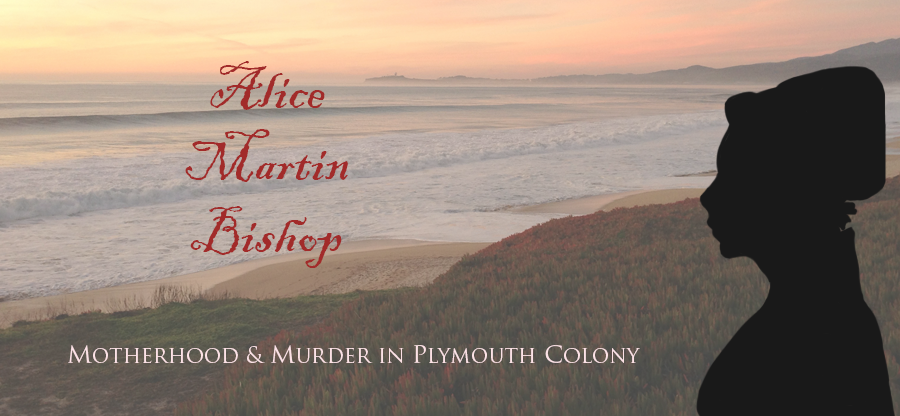Kristin Luce, February 2015
We are always on the lookout for the pre-Plymouth origins of our main characters, Alice Martin, George Clarke, and Richard Bishop. The more we research and learn, the more real these people become, and certain discoveries can be as titillating as any 21st century gossip. It was this kind of excitement that passed between Erin and me via text message, when I mentioned my latest find — that Edward Doty’s wife was named Faith Clarke. “GTHO” Erin texted back moments later, and after I figured out what “GTHO” meant (“Get the hell out!”), I realized that she was just as delighted as I was.
If you look back at Erin’s piece on The Elusive George Clarke, you can read about Clarke’s disputes with Doty, and why Doty’s marriage into a Clarke family is potentially significant.
The records indicate that the two were likely farming neighbors as Clarke drags Dotey into court claiming the latter is denying him access to his lands (PCR, vol 8., October 1637). In June of 1638, Dotey is fined for physically assaulting Clarke (vol. 1), and the bad blood continues for another four years, when Clarke is ordered to pay Dotey four bushels of corn for some infraction (vol. 2, February 1642).
If George and Faith were siblings, Doty’s and Clarke’s disputes over property lines could be explained as mundane in-law squabbles. Eugene Stratton, in Plymouth Colony: Its History & People, points out possible hostilities between Doty and his in-laws when, on “4 January 1641/42 the court settled differences between Doty and Thurston Clarke (father-in-law or brother-in-law?) by ordering Clarke to pay corn and money to Doty (PCR 2:30)” (Stratton, page 284). However, Doty had issues with many different people, most of whom were not named “Clarke.”


